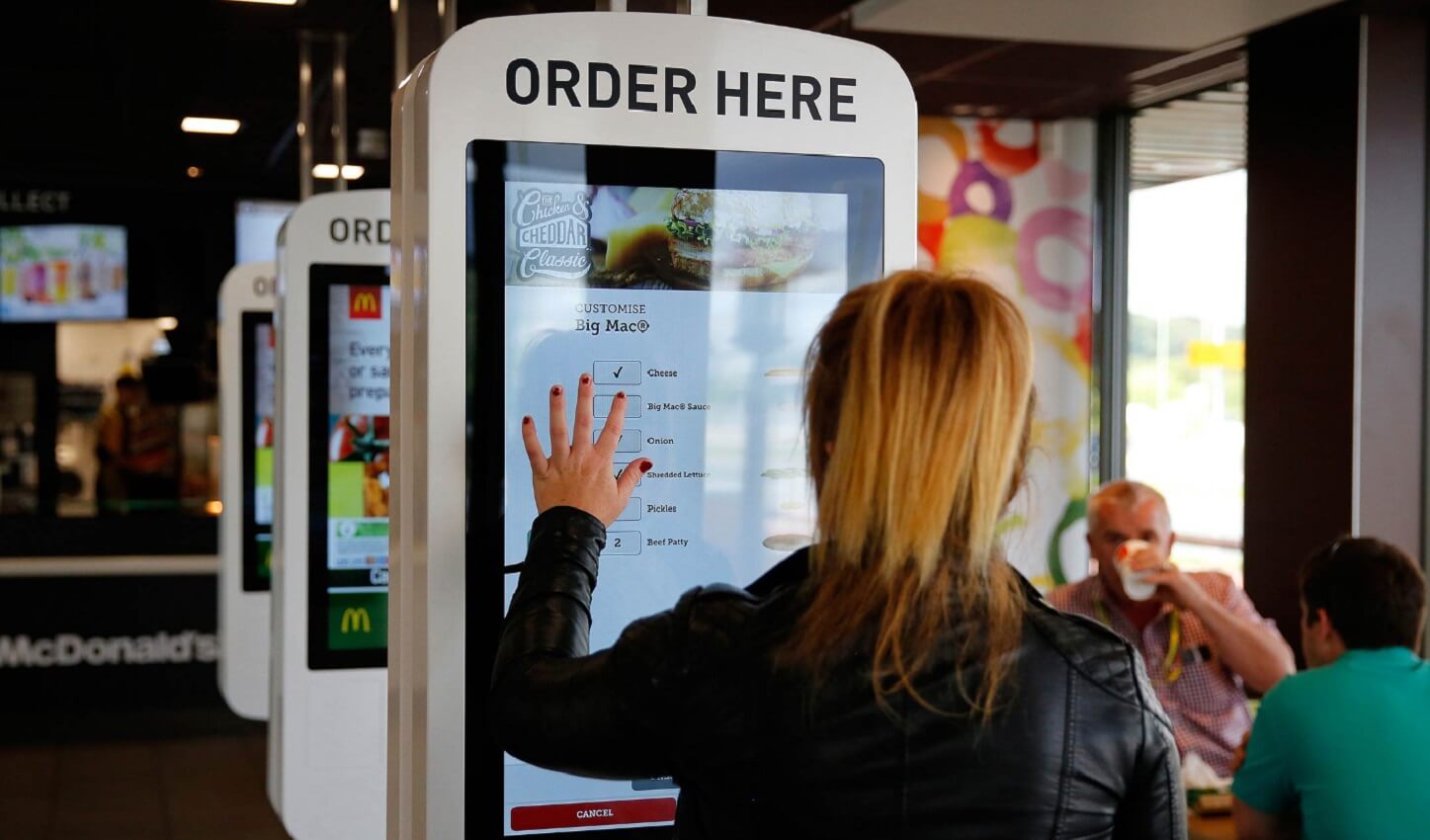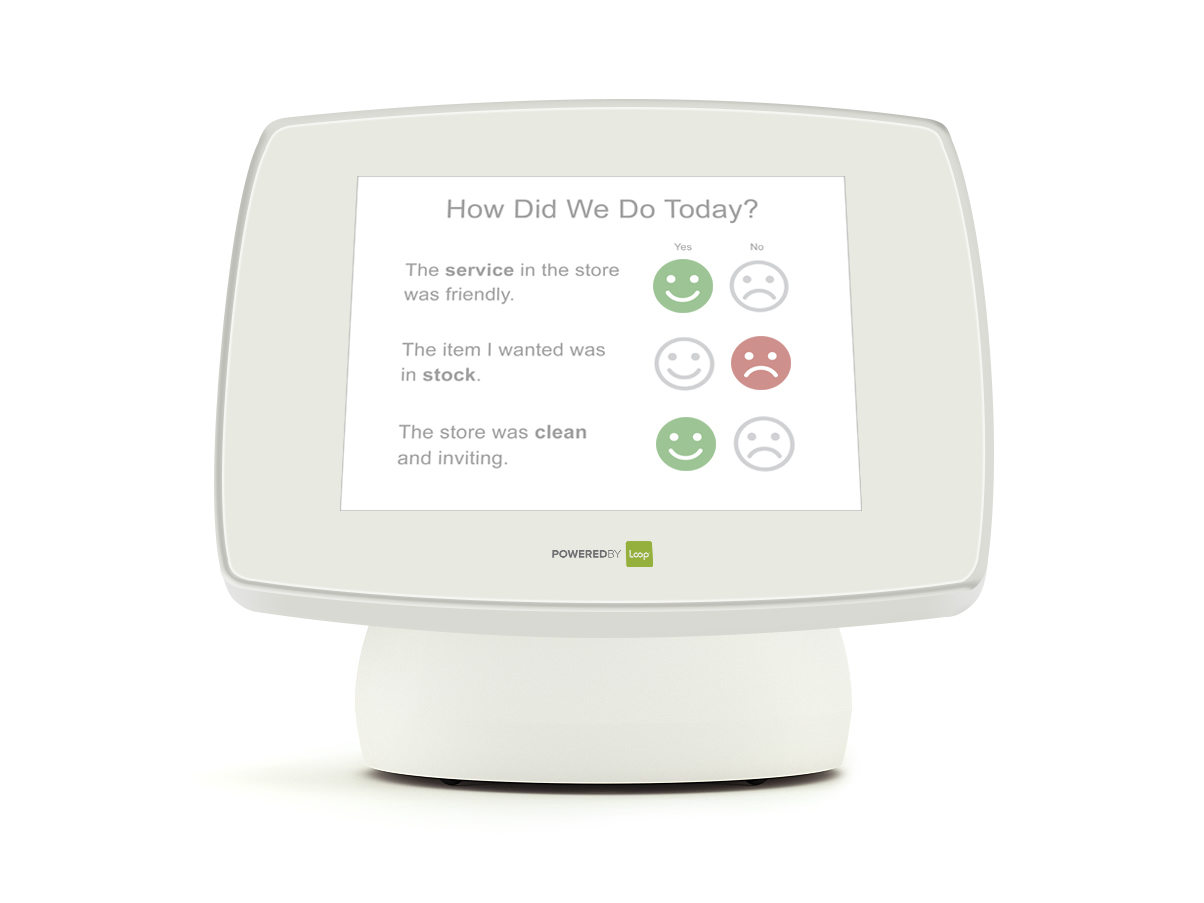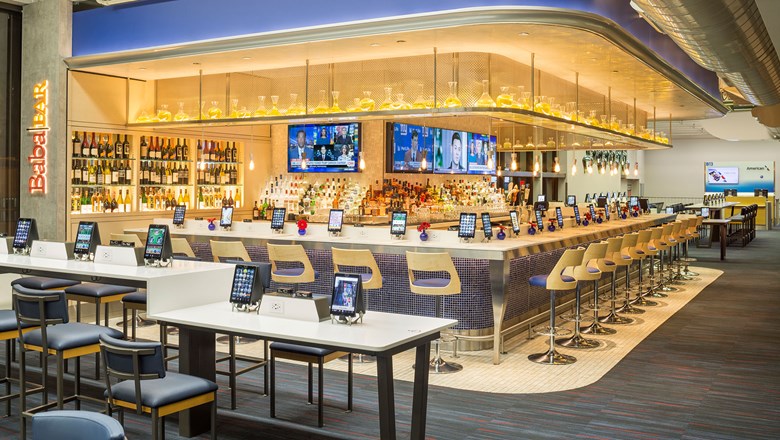Today, incorporating technology into restaurant establishments has become a customer expectation. From self-serve kiosks to mobile ordering, it’s all about automating the experience to streamline operations and improve customer satisfaction.
In order to keep you ahead of the tech curve and among the automating chain giants such as McDonalds, A&W, and Panera Bread, we’ve compiled the top ways your restaurant can incorporate automation to drive success.
Kiosk Ordering
Kiosk ordering isn’t the future of restaurant automation, it’s the present. As a highly regarded investment, it’s demonstrated that it can improve operations and in the long-term, save you capital on employee wages.
Over the past year, kiosks have been at the pinnacle of restaurant success and that’s because they put the customer in control. With a kiosk, the customer can place an order without any confusion or human-made error. In addition, they can make any modification or special instruction without having to explain why to a team member. Kiosks also increase time efficiency by diluting congested lines and delivering the order straight to the kitchen and staff without a “middleman”. They’ve been such a huge disruptor in the restaurant industry that according to a USA Technologies Kiosks and Retail report they predict the U.S. interactive kiosk industry will be worth more than $1 billion by 2020.
For many restaurants, it’s a no-brainer to implement. Take it from McDonald’s who disrupted the restaurant industry in a major way when they released their version of the in-restaurant kiosk in 2015. Their kiosks allowed customers to make full orders, receive a ticket and then pick up their order at designated areas – a whole process that doesn’t require a single human interaction. Since debuting the kiosk, they’ve seen such a rise in annual revenue that they claim by 2020, most of its 14,000 locations will have kiosks installed. Following in the footsteps of Panera Bread – one of the first to adopt kiosk automation and make above “$1 billion on an annualized basis” – they know automated kiosk ordering is the future of business success.

(image source: https://knowtechie.com/mcdonalds-adding-new-kiosks/)
Delivery Service
Restaurant delivery has changed drastically over the past several years. With its revenue in the U.S amounting to US$1,468m in 2018, it’s become one of the top – if not the top – opportunity for restaurants to automate in today’s competitive landscape.
Automating delivery services is a great way to improve operations. With it, team members can focus on in-restaurant customer service and duties without having to stop to answer phone calls or punch in orders every time a delivery request comes through. Since the customer is punching in their order directly, the automated platform routes it right to kitchen team members, saving valuable time to focus on the in-store customer.
The automated delivery platform also puts the customer in full control of their order. From making their request on their preferred device, to having full visibility into the progress of the order, to following the exact coordinates of the courier delivering their food, it gives the customer full awareness of the order and leaves little room for error and complaint. What’s more, an automated delivery service can send the customer SMS or email updates along the way and information on specials and deals well after the transaction is complete. For brands with apps, real-time maps can show the location of the driver and its progress from preparation to door delivery, further driving customer loyalty.
A great example of adopting automated delivery is McDonald’s joining UberEats. UberEats, of course, being one of the leading automated delivery platforms, “it takes credit for 65% to 70% of delivery sales being incremental to McDonald’s existing business in participating restaurants.” That’s a large opportunity to increase capital just from delivery alone.

(image source: https://mashable.com/2017/01/23/ubereats-india-launch-plan/)
Real-Time Feedback
Receiving feedback from customers is a tactic restaurants use to understand their customers and areas of improvement. Within the past several years, the implementation of automated feedback systems has grown substantially. Restaurants such as A&W have been using real-time customer feedback to recover those at-risk and track their performance.
An outdated yet still prevalent method of obtaining feedback is comment cards and paper surveys. Although great in obtaining honest information anonymously, paper-based operations can take days – even weeks- for a team member to receive making the implementation of change difficult and untimely. Compared to kiosk or mobile feedback, however, comment cards have a much lower adoption rate meaning that the data can be too little in volume to be actionable.
Customers today expect real-time results, businesses who listen and immediately try to recover a negative experience. With an automated feedback platform, customers can rate their encounter with the establishment in-store or on the channel of their choice. Their rating then gets immediately routed to team members or management where praise or adjustments can be made in real-time.
In addition to providing immediate visibility, an automated feedback platform lets you obtain data from your customers so you can measure their preferences and comments over time. With that information, you can further measure the customer experience from websites, post-visit emails, or on-site kiosks and apps. Lastly, a feedback platform will let you measure from a single location or multiple locations to have an overarching view – something that would take weeks, even months, to complete with paper-based operations.
In an industry that is seeing a constant evolution of customer demands, it is important to stay on top and on track with customers. By implementing an automated feedback platform, you can have visibility into trends and know immediately where you can improve to consistently provide an amazing customer experience.

Tableside and Mobile Ordering
If you’ve been to an airport within the past year or so you’ve probably noticed the array of tableside and mobile ordering options present. They’re everywhere, modifying the way customers not only interact with team members but also altering the actual restaurant space.
Usually in the form of an app on a tablet or mobile device, automated tableside ordering lets customers enjoy the qualities of a sit-down restaurant with minimal interaction from restaurant personnel. With this automated device, customers can seamlessly access a menu, make a selection, input preferences and receive their meal within moments of placing the order. If they require condiments or an extra pair of cutlery, customers can simply use the device to notify a team member.
Having automation streamlines operations for customers and team members in addition to helping team members avoid any confusion or awkward encounters. For instance, on busy days it can be common for a server to get overwhelmed and forget a condiment or forget to bring a bill to a table. Automation eliminates customer wait times by allowing them to print their own bill and order whenever they are ready. Since everything is inputted directly into the ordering device you create minimal room for error and increase efficiency across the entire establishment.

(Source: https://www.travelweekly.com/Travel-News/Airline-News/Philadelphia-airport-gets-OTG-iPad-restaurants)
Implementing automation into your restaurant is a great advantage in an ever-growing competitive landscape. In addition to creating seamless operations, automation is a customer preference that can help you obtain their loyalty and spark revenue. With such a great impact on your bottom line and reputation, automation should be a top consideration for your restaurant.




